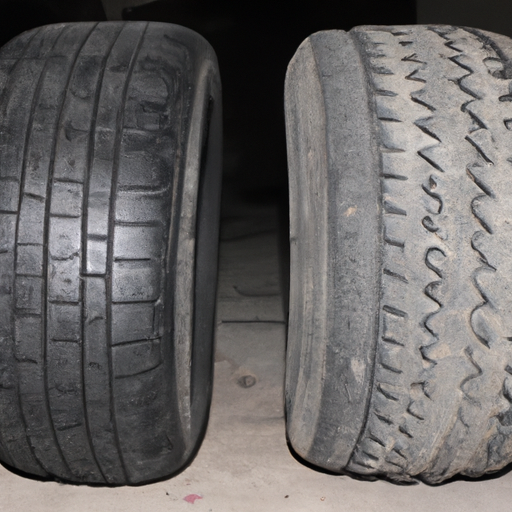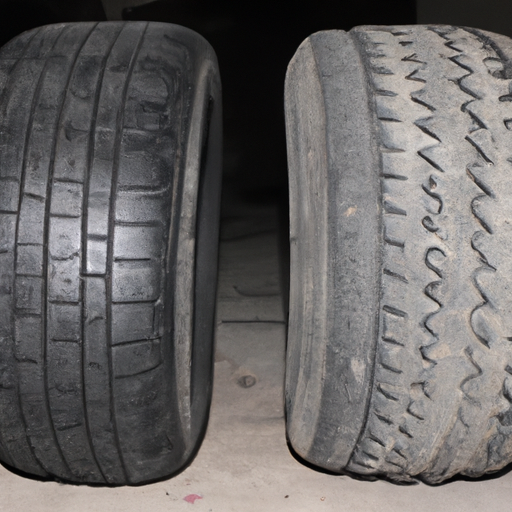Imagine you’re cruising down the highway, enjoying the wind in your hair, when suddenly, you hear a loud pop followed by the sound of your car’s rim grinding against the pavement. As panic sets in, you quickly pull over to assess the damage. This is when you realize the importance of your tires. But have you ever wondered what makes run-flat tires different from regular tires? In this article, we’ll explore the key distinctions between these two types of tires, highlighting their unique features and benefits for every driver on the road. So buckle up and get ready to discover the world of run-flat tires!

Construction
Regular tire construction
Regular tires, also known as standard or conventional tires, have a straightforward construction. They consist of several key components, including the tread, sidewall, belts, and inner liner. The outermost layer, known as the tread, provides traction and grips the road surface. The sidewall structures the tire and helps maintain its shape. Underneath the tread, the belts provide strength and stability, while the inner liner acts as a barrier to maintain air pressure.
Run-flat tire construction
On the other hand, run-flat tires are specially designed to allow vehicles to continue driving safely even after a puncture or loss of air pressure. This type of tire features reinforced sidewalls that provide the necessary support to carry the weight of the vehicle, even when there is no air pressure in the tire. The unique construction of run-flat tires eliminates the need for a spare tire, as they are engineered to support the vehicle’s weight even in the event of a flat tire.
Tire Wall Design
Regular tire wall design
In regular tires, the sidewall design varies based on the intended purpose of the tire. Passenger car tires generally have a more flexible sidewall to provide a comfortable ride and absorb road imperfections. However, this flexibility can lead to a loss of control and handling capabilities when a flat tire occurs.
Run-flat tire wall design
Run-flat tires have a reinforced sidewall design that allows them to bear the weight of the vehicle even when there is a loss of air pressure. The sidewalls are constructed with additional materials and reinforcements to maintain structural integrity and prevent the tire from collapsing. This design significantly improves the stability and control of the vehicle during a puncture, providing a safer driving experience.
Materials Used
Regular tire materials
Regular tires commonly consist of a variety of materials, including synthetic rubber, natural rubber, steel, and fabric. The tread is typically made of a combination of rubber compounds that provide traction and durability. The belts are made of steel wires or fabric layers, which enhance strength and stability. The sidewalls are usually constructed with flexible rubber compounds.
Run-flat tire materials
Run-flat tires utilize similar materials to regular tires but incorporate additional reinforcements. The sidewalls of run-flat tires are made with stronger and more rigid materials, such as reinforced rubber or even highly durable heat-resistant resins. These materials ensure that the tire can support the weight of the vehicle even with reduced or no air pressure.
Performance
Regular tire performance
Regular tires are designed to provide a balance of comfort, handling, and traction for everyday driving situations. They offer good grip on dry and wet road surfaces, allowing for responsive steering and braking. However, regular tires can become compromised when punctured, leading to potential loss of control and increased safety risks.
Run-flat tire performance
Run-flat tires excel in providing extended mobility in the event of a puncture. By supporting the vehicle’s weight even without air pressure, they allow drivers to continue driving safely at reduced speeds for a limited distance, typically up to 50 miles. Run-flat tires offer improved stability and control during a flat tire event, enabling drivers to maintain better handling and maneuverability.
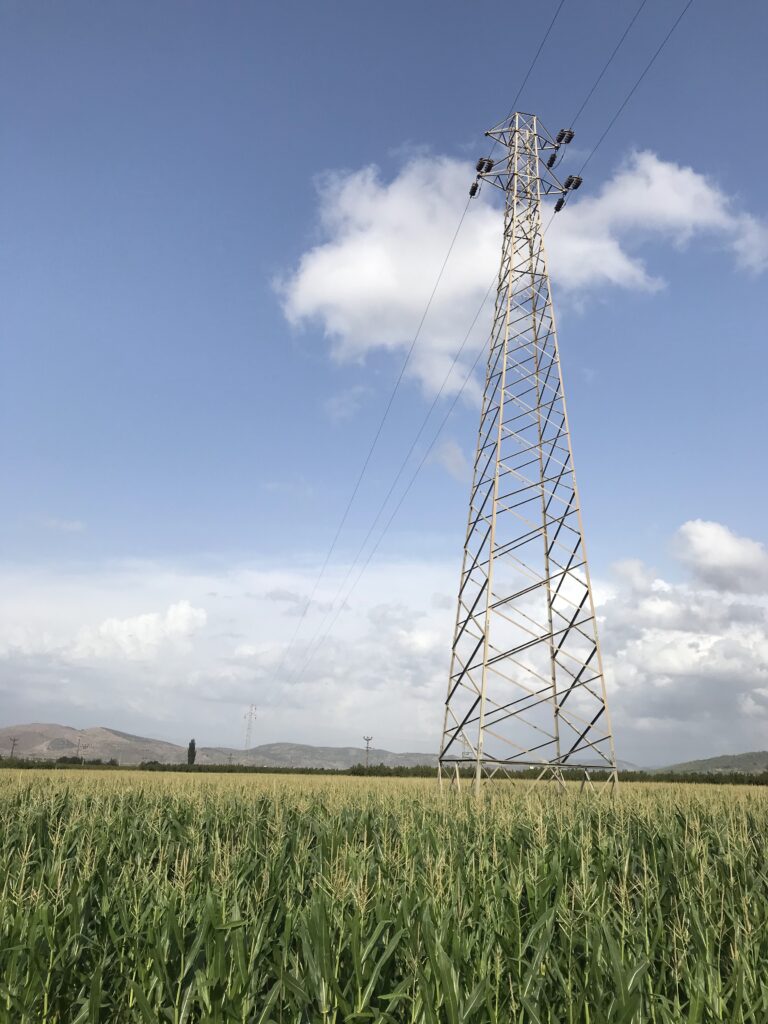
Pressure Monitoring System
Regular tire pressure monitoring
Most modern vehicles equipped with regular tires have a tire pressure monitoring system (TPMS) as a standard feature. The TPMS continuously monitors the air pressure in each tire and alerts the driver if any tire’s pressure drops below the recommended level. This system helps ensure optimal tire performance, fuel efficiency, and overall safety.
Run-flat tire pressure monitoring
As run-flat tires are specifically designed to operate with reduced air pressure, the pressure monitoring system in vehicles equipped with run-flat tires typically has different parameters. The TPMS in these vehicles is calibrated to account for the lower recommended pressure in run-flat tires and notifies the driver accordingly.
Driving Experience
Regular tire driving experience
With regular tires, the driving experience is generally smooth and comfortable. The flexible sidewalls and tread design provide a cushioned ride, absorbing minor imperfections on the road surface. However, in the event of a flat tire, the handling and control of the vehicle can be compromised.
Run-flat tire driving experience
Run-flat tires offer a unique driving experience that provides peace of mind in the event of a puncture. Although the ride may be slightly stiffer due to the reinforced sidewalls, run-flat tires provide improved stability and control when faced with a flat tire. Drivers can continue driving safely at reduced speeds and reach a repair facility without the need for immediate roadside assistance.
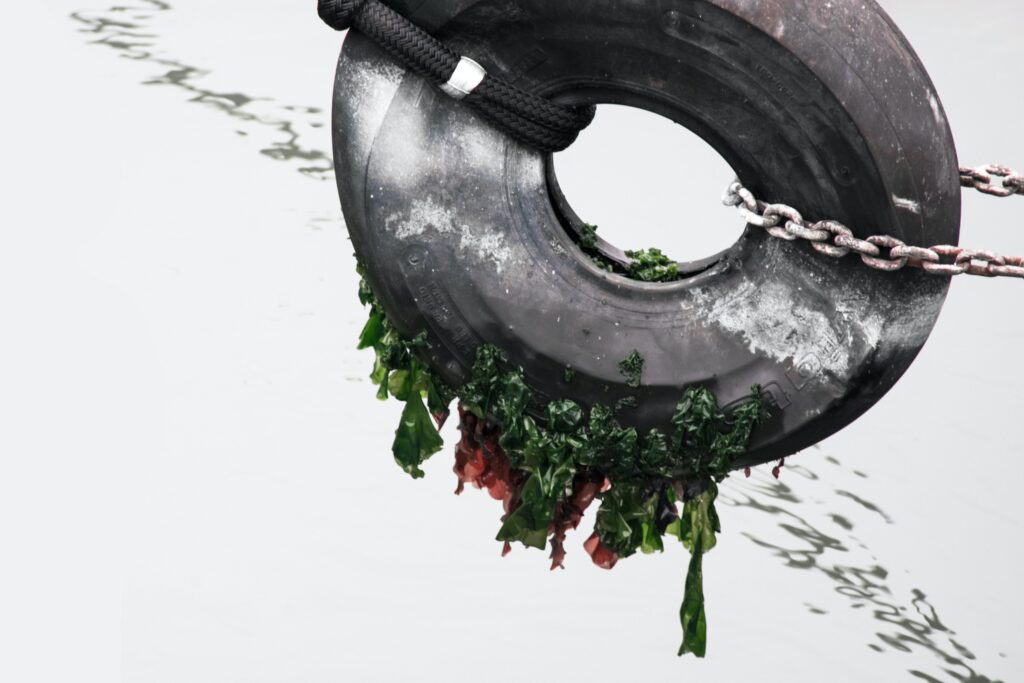
Safety
Regular tire safety
Regular tires provide adequate safety in normal driving conditions. However, when a regular tire suffers a puncture or loss of air pressure, safety risks can arise. A sudden loss of control or instability can occur, potentially leading to accidents or hazardous situations on the road.
Run-flat tire safety
Run-flat tires contribute significantly to driver and passenger safety. The reinforced sidewalls ensure that the vehicle remains stable and controllable even with a flat tire. This eliminates the need for drivers to stop in potentially dangerous locations to change a tire in the event of a puncture. The extended mobility provided by run-flat tires reduces the risk of accidents and allows for a safer continuation of the journey until the tire can be properly inspected and repaired.
Repair and Replacement
Regular tire repair and replacement
When regular tires become punctured or damaged, they often require immediate repair or replacement. In most cases, a spare tire needs to be installed, or assistance from a roadside service may be necessary. If the tire is irreparably damaged, a new tire must be purchased and installed.
Run-flat tire repair and replacement
Run-flat tires can often be repaired under specific circumstances, depending on the extent and location of the damage. However, due to their unique construction, some punctures may require the replacement of the tire. It is essential to consult with a qualified tire professional to determine the feasibility of repair or replacement in each individual case.
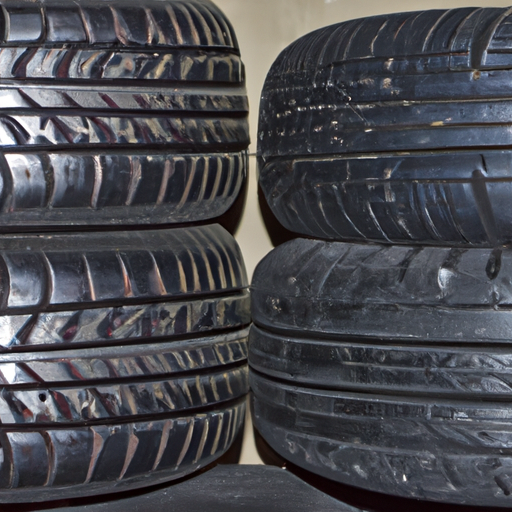
Availability and Cost
Regular tire availability and cost
Regular tires are widely available and come in a variety of brands, sizes, and price ranges. Due to their prevalence, regular tires are generally more cost-effective compared to specialized tire options. They can be purchased at tire shops, automotive retailers, and online platforms.
Run-flat tire availability and cost
While run-flat tires are becoming more popular, their availability may vary depending on the specific tire size and brand. They are commonly found at specialized tire retailers and authorized dealerships. Run-flat tires typically have a higher initial cost compared to regular tires due to their specialized construction. However, the extended mobility and added safety they offer can justify the higher price for many drivers.
Compatibility
Regular tire compatibility
Regular tires are compatible with most passenger vehicles, SUVs, and light trucks. They come in various sizes and types to suit different vehicle models and driving preferences. It is crucial to select the appropriate tire size and load rating recommended by the vehicle manufacturer to ensure compatibility and optimal performance.
Run-flat tire compatibility
Run-flat tires are designed to be compatible with specific vehicle models and are often available as an optional upgrade. Not all vehicles are compatible with run-flat tires, so it is essential to consult the vehicle manufacturer’s recommendations or a tire professional to determine compatibility. Additionally, the vehicle’s suspension and braking systems may need to be adjusted or modified to accommodate the unique characteristics of run-flat tires.
